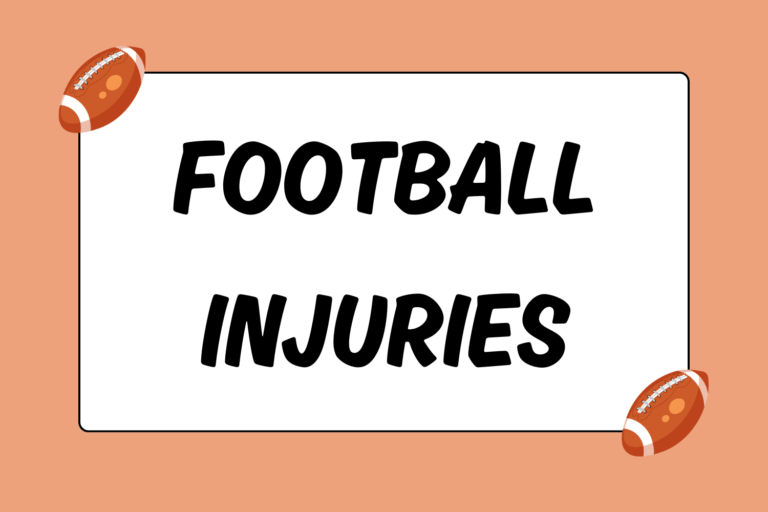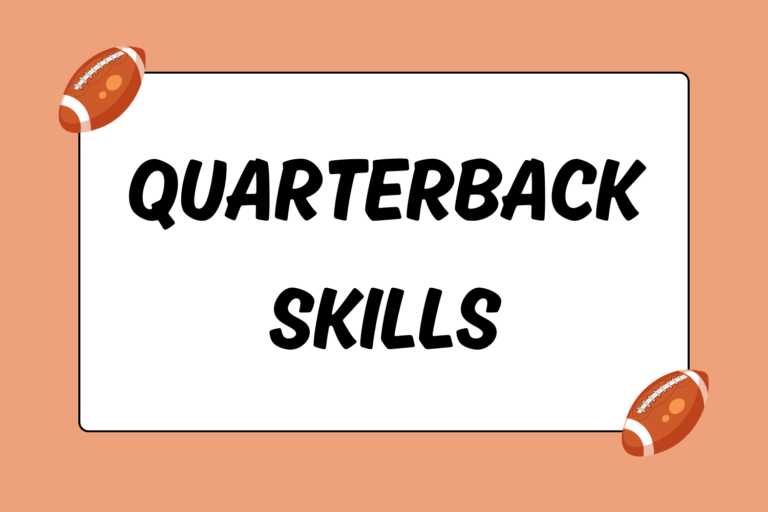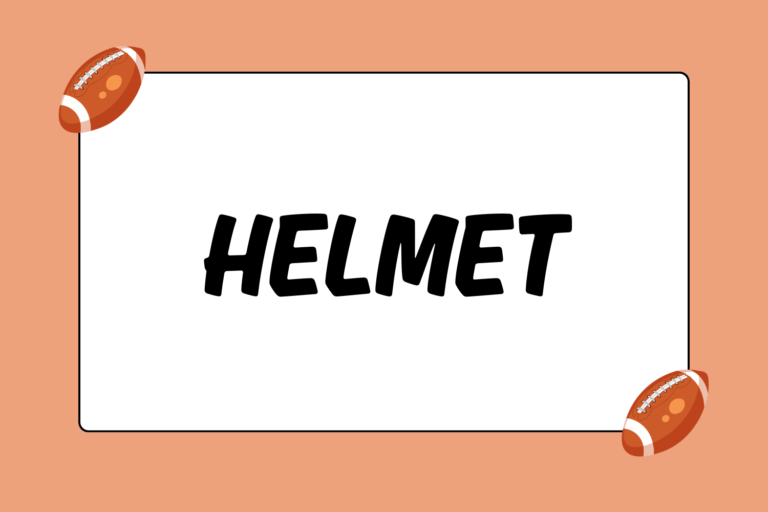Similar to almost every other points-based competition, the purpose of football is to score more points than the other team. The team trying to score is the offense, while the team trying to keep from being scored on is the defense. These roles change time and again throughout the course of a game.
General Gameplay
The offense-defense dynamic exists at all levels of the game, and in all varieties of football that are played. While there are other similarities between the different levels/varieties of the game, each also has its own unique set of rules and game-play structures. Because of this, the information below may be slightly different depending on what kind of football you play and/or watch.
Field Surface
Football is played both indoors and out, on grass and artificial turf. The size of the field depends on the type of football being played, though most varieties play on a field measuring 120 yards long by 53 yards wide. The specific requirements of the field surface (grass length, markings, etc.) are decided by the governing association of each type of football.
Players
American football requires each team field 11 players, while Canadian football calls for 12 per side. Arena football is played with each team having eight players on the field at a time.
On offense there are three groups of players: linemen, receivers and backs.
- The linemen are chiefly responsible for blocking defensive players
- The backs and receivers mostly deal with advancing the ball toward the opposition’s goal, by running the ball and throwing/catching passes
On defense there are three groups of players: linemen, linebacker and backs.
- Linemen are the players positioned closest to the offense and have a main duty of trying to stop the other team from running the ball
- Linebackers set up immediately behind the linemen. They cover an area of the field within 5 to 10 yards of the line of scrimmage, and are responsible for stopping both running and passing plays
- Backs play behind the linebackers and are mainly responsible for protecting the deeper area of the defensive field during passing plays.
Pads
All football players wear protective padding. Foam pads cover the knees, hips, and tail bone, while hard plastic pads protect the chest, shoulders and upper back. A hard plastic helmet and facemask protect the head and face; face masks are frequently made of rubber-coated metal.
The Ball
Contrary to the ‘pigskin’ nickname, no official football today is made from any part of a pig. The nickname comes from the ancient game that football, soccer and rugby all come from, which featured a crude ball made from inflated bladders made of different pig parts. Today, all footballs at the collegiate and professional levels are made of high-quality cow leather, though teams at the youth levels occasionally use a football made of rubber. However, different levels/varieties of the game use different sizes of balls, though all footballs are a prolate spheroid that is pointed at both ends, and has eight evenly spaced laces running down the middle of one side.
Game Structure
The offensive team has four attempts (called downs) to either gain 10 yards or score. These 10 yards use the line of scrimmage (LOS) as the measurement starting point, meaning that the offense must advance the ball 10 yards beyond the LOS to gain a new set of downs. If the offense fails to either gain 10 yards or score at the end of the fourth down, possession of the ball goes to the other team. Commonly, if the offensive team hasn’t gained enough yards at the end of the third down, it will kick the ball away to the other team. This is a defensive strategy done in an attempt to increase the distance the other team would have to cover in order to score.
Scoring
There are several ways teams can score points:
- A touchdown is worth six points, and occurs when a player has possession of the ball in the opposing team’s end zone.
- A point after touchdown (PAT) is worth one point, and occurs only when the offensive team successfully kicks the ball through the uprights following a touchdown.
- A field goal h the uprights during a normal play.
- A safety is worth two points, and occurs when the defensive team tackles the ball carrier inside the offense’s end zone.
Offense
The goal of football is to score more points than the other team. And that’s exactly what should happen on offense. The term ‘offense’ is applied to the team in possession of the ball at the start of a play, excluding kickoffs and kick returns (which will be explained later). The goal of each play is the same: Advance the ball into the defensive team’s end of the field and score. This rarely happens in one play, which is where the set of downs becomes important. As long as the offense consistently advances the ball – that is, as long as they gain at least 10 yards every four downs – they maintain possession of the ball.
Advancing the ball happens in one of two ways: Running it or passing it. A run play is when the ball is carried by a player without the ball being thrown forward. A pass play occurs when the ball is thrown past the LOS and caught by another offensive player who is eligible. There is much more involved in playing offense, both in the strategy used and executing plays, but that is the basic purpose of offense.
The offensive team operates under a strict set of rules and guidelines. When those rules are broken, it results in a penalty. Here are some of the more common offensive penalties:
- False start: When an offensive player moves before the ball is snapped; a back/receiver in motion is allowed to move, and won’t be called for this penalty.
- Illegal motion: When an offensive player in motion moves forward before the ball is snapped, or more than one player is moving at the same time.
- Holding: When an offensive player illegally grabs and holds a defensive player from the side or behind to keep him from making a play on the ball carrier.
Defense
The main objective of the defensive team is to prevent the offense from scoring points, mostly by keeping it from advancing the ball. The most common way this is done is by preventing the offensive plays from being successful (or gaining yards), either by quickly tackling the ball carrier on running plays, or by preventing the ball from being passed to an offensive player down the field.
While it’s the offensive team’s job to score, it is possible for the defensive team to score, as well. This occurs when a defensive player gains possession of the ball – either by intercepting a pass or recovering a fumble – and carries the ball across the opposing team’s goal line. Most often, though, the goal when on defense is simply to stop the offensive team from scoring points.
More so than the offensive team, the defense has a lot of flexibility regarding its freedom of movement during pre-play positioning. As long as they stay behind the LOS until the ball is snapped, defensive players are allowed to move as much as possible. Once the play starts, however, they operate under a set of restrictions similar to those of the offensive players. These are some of the more common defensive penalties:
- Offside: This occurs when a defensive player crosses the LOS before the ball is snapped.
- Pass Interference: This occurs when a defensive player prevents an offensive player from catching a pass before the offensive player touches the ball. Technically, the defensive player is allowed to hit a receiver the instant he touches the ball, though this moment is hard to pinpoint.
- Holding: Similar to pass interference (and offensive holding), holding occurs when a defensive player prevents or obstructs an offensive player from moving by illegally blocking them, usually by grabbing them from the side or behind.
Special Teams
Regular play occasionally calls for a specialized set of players from each team. Collectively, these players are referred to as the ‘special teams.’ These situations occur during the following set of game structures:
Punts
With a punt, the offensive team voluntarily releases possession of the ball to the defensive team. Because possession is transferred during the play/down, the offensive team becomes the ‘kicking’ team, and the defensive team becomes the ‘receiving’ team. Teams punt on fourth down when they don’t think they will be able to score or gain enough yards for a new set of downs. By doing this, they sacrifice possession of the ball to have a more secure defensive position.
Field Goals/PATs
A field goal occurs when the offense successfully kicks the ball through the uprights during a normal play/down (almost always fourth down). These plays most often occur when the offensive team moves deep into the opposition’s territory, but fails to gain a fourth down and are too far away to continue its attempt to score a touchdown. A PAT involves the exact same actions as a regular field goal, but only occurs after the offense scores a touchdown.
Kickoffs
To both start and restart the regular action of the game, one team placekicks the ball away to the other team. A coin flip prior to the start of the game determines which team kicks the ball away to start the game, and which team does the same at the beginning of the second half. Kickoffs also occur any time a team scores points. In that situation, the team that just scored kicks the ball to the other team to restart play. The one exception to this is when a safety occurs. After this type of score, the team that earned the points has the option to either kick or punt the ball to the other team.
Rules and Regulations by Game Type
Here are brief overviews of the rules and regulations for the different levels of football, and how they differ from each other.
NFL Official Rulebook
The National Football League (the NFL) is the most popular football organization in the world and considered to have the best players and highest level of competition in the sport. Among the links at the bottom of this guide is one to the NFL’s official rule book, which features an explanation of the signals made by an officiating crew and an introductory overview of the game.
Recent rule changes in the NFL rule book include:
- Regulations on the ‘Horse Collar’ tackle, a penalty called when a player tackles the ball carrier by grabbing the portion of the opposing player’s shoulder pads at the back of the neck
- More stringent restrictions concerning how much defensive backs are allowed to jostle receivers
- The inclusion of additional situations which are reviewable under instant replay
CFL Official Rulebook
Though the football played in the Canadian Football League (CFL) closely resembles the game played in the NFL, the games are different enough in structure to warrant a close examination of the CFL rulebook (seen below)
The most notable differences in the CFL include:
- 12 players per side rather than 11
- Forward motion by an offensive player in the backfield is perfectly legal
- Three downs per possession rather than four
The NCAA Football Rulebook
College football is very close in structure to the NFL, though there are several rule differences between the two games.
The most notable rule differences in college football include:
- Passes are ruled complete so long as the player catching it gets one foot inbounds (in the NFL, both feet must be in bounds)
- The game clock stops temporarily when a team earns a first down
- The overtime system: Unlike the NFL (which uses a sudden-death format), each team in college football gets an attempt to score during overtime
National Federation of State High School Associations
Though they are very similar, each state’s high school association has its own set of rules governing high school football. By clicking on this organization’s link below, you can access the site of every public high school athletic association in the United States.
Pop Warner Football Rules and Regulations
Pop Warner football is the original youth football organization. There are many differences between youth football rules/regulations and the more advanced leagues – mostly with the addition of rules meant to ensure the safety of the young players involved. Though there are a few other youth football organizations in existence, Pop Warner was the first and established the framework for all youth football played today.





